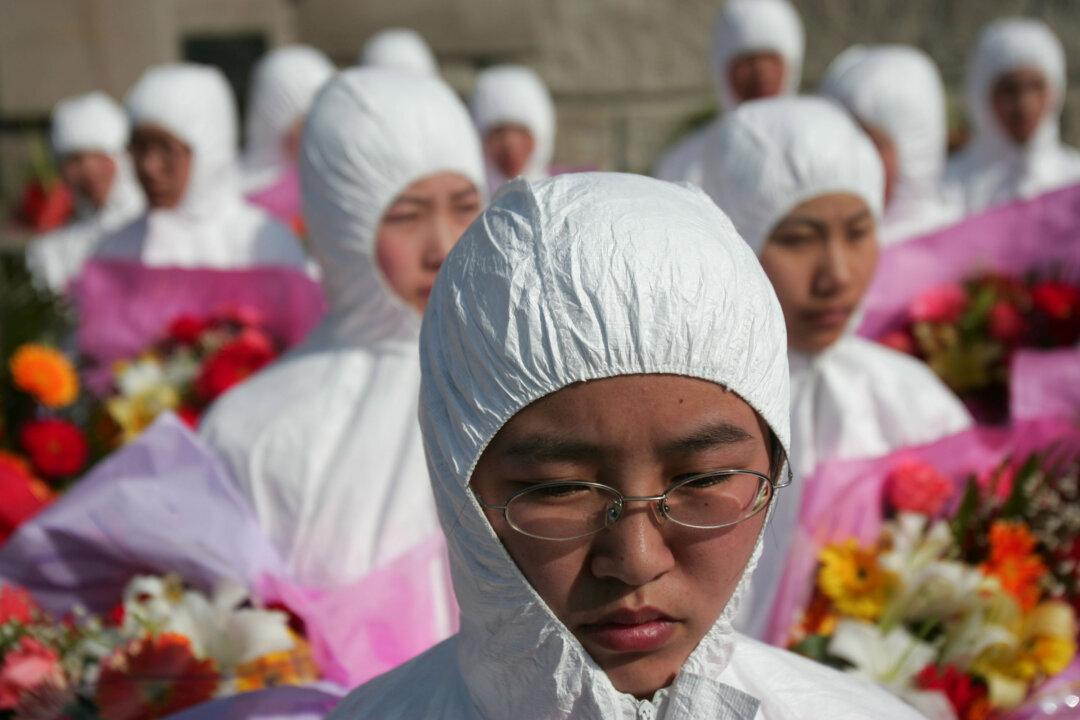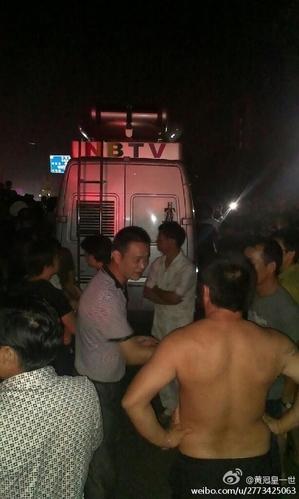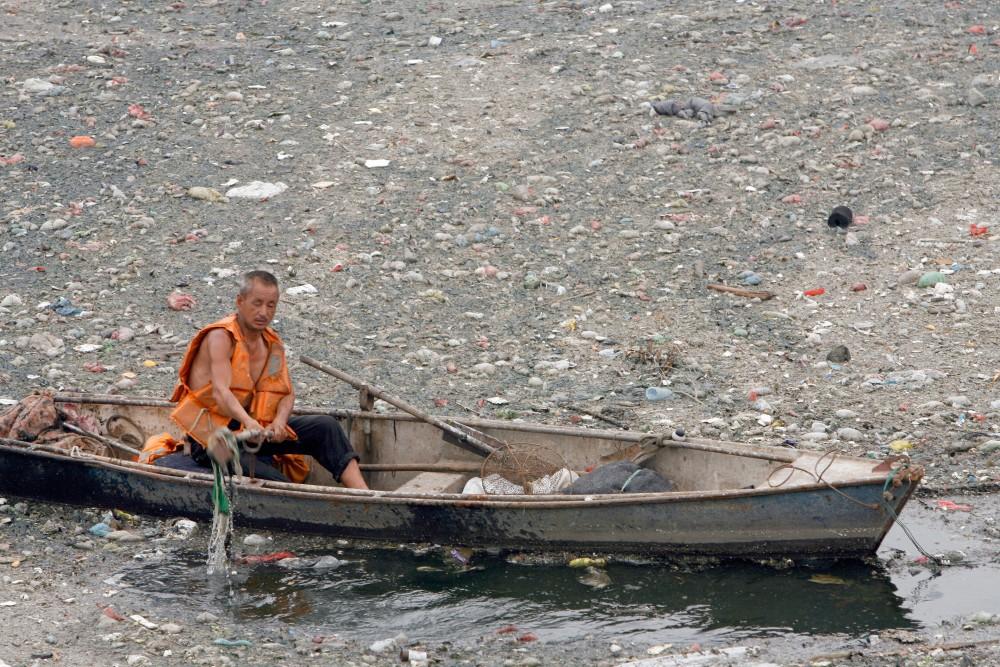How many people maximally are “allowed” to die in China during a flood, an earthquake, or an epidemic in each region of the country is decided by the state.
Local authorities must follow pre-determined casualty figures issued by the state when reporting on disasters in their areas; the true numbers are generally not allowed to be revealed.
During torrential rains earlier this month in Beijing, no one was “allowed to die.”
More than 4 inches of rain fell in Beijing between 8 p.m. on July 7 and 6 a.m. on July 8, based on data from the monitoring station in Fengtai District. On July 9, State-run television CCTV announced during the news that the state had given orders that “no one was allowed to die” in the thunderstorms. Local officials would be held accountable for any casualties.
Death Allowances
The Chinese Ministry of Public Safety, based on a decision made by the Chinese State Council in 2004, requires that every province and directly-governed city establish a “death allowance” resulting from calamities every year.
For example, in April 2007, Beijing’s maximum allowance was 1,733 deaths, including 1,373 from traffic accidents, 33 from fire, and 196 from workplace accidents.
The numbers are further divided by district. This year, Chaoyang District received a total death allowance of 250, including eight for fire.
At the beginning of every year, based on recent statistics, the State Council calculates the appropriate “overall allowance” for the nation in the coming year, including accident deaths from industries, fire, traffic, rail, and aviation.
The Production Safety Committee of the State Council then allocates these numbers to each province, which subsequently assigns the numbers to their municipalities. The municipalities further allocate numbers to each company. For example, in 2004 Datong City in Shanxi Province had an allowance of 54 deaths, including 23 allocated to the Datong Coal Group.
In 2006 the death allowance became a part of the regime’s five-year plan, making it one of the most important measures of judging officials’ accomplishments.
Epidemics
The purpose of setting these “death toll allowances” does not seem to be about improving disaster preparedness, but rather about keeping the public in the dark about the true casualty figures. It’s about making authorities look good and limiting public criticism regarding authorities’ incompetence in preventing or responding to disasters.
For years, when calamities have struck, victims’ family and activists have often questioned the casualty numbers and the secretive ways in which authorities have handled rescue efforts. Name lists of victims are practically never made public.
One example is the Severe Acute Respiratory Syndrome (SARS) outbreak ten years ago. SARS was first discovered in the southern region of mainland China on Nov. 11, 2002. To maintain a good political atmosphere during the 16th Communist Party Congress, the Propaganda Department of the Communist Party prohibited any media outlet from openly reporting on the outbreak.
The head of the Communist Party at the time, Jiang Zemin, gave orders that if SARS cases were reported anywhere, the local officials would be stripped of their positions. As a result, many local government officials didn’t dare to report on the SARS outbreak. They came up with all sorts of ways of hiding SARS cases. The most common method used was to order hospitals to change the patients’ cause of death.
At the time, a doctor in Guangdong Province said: “There are no statistics on SARS patients. Beijing gave target numbers for each region, assigned numbers for every place, everyone simply reported based on the target numbers assigned. Everyone can see, the officially published numbers are very orderly.”
A Shenzhen police officer, who was assigned to have the bodies of SARS patients cremated, said: “Since bodies of SARS patients contain a contagious virus, there were special police task forces in each region assigned to cremate the bodies... Beijing only allowed thirty people to die from SARS in Shenzhen. In reality, the number of deaths in Shenzhen far exceeded the published figure.”
Translation by Albert Ding. Written in English by Gisela Sommer.
Original Chinese article:



